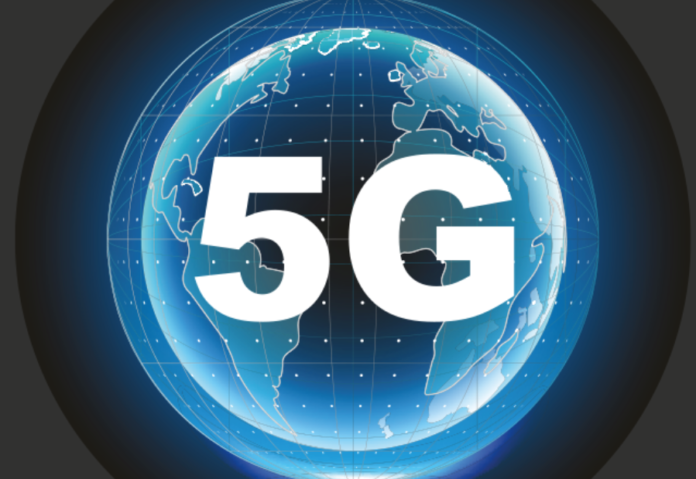Four main business opportunity areas for communications service providers
-
Service aggregation and experience-based connectivity are the next steps to enabling effective differentiation and monetization of 5G.
-
A case study highlights how 5G private networks enhance industry productivity.
February 18, 2024: A new 5G-monetization-focused Ericsson (NASDAQ: ERIC) Mobility Report publication outlines four opportunity areas that communications service providers worldwide are addressing to drive business growth.
Called Business Review 2024, the report is the second special business edition of the established Ericsson Mobility Report. It addresses how communication service providers (CSPs) are evolving, or aim to evolve, service offerings, address new revenue opportunities, and transform their businesses.
Ericsson Mobility Report Business Review 2024 shows that CSPs worldwide are currently offering or exploring services and go-to-market models at different levels of engagement and maturity across the four areas.
The four areas are:
- Enhanced Mobile Broadband (eMBB): a superior and more efficient version of 4G mobile broadband,
- Fixed Wireless Access (FWA) and Wireless WAN opportunities: these target the residential broadband and enterprise segments, offering value pools for service providers with higher average revenue per user (ARPU) compared to traditional mobile broadband services.
- Differentiated connectivity solution opportunities: such as a private network for enterprises or utilizing the network slicing capabilities of public 5G standalone (SA) networks to offer a differentiated service to consumers or enterprises.
- Driving innovation and ecosystem growth: programmable networks (network APIs) offer the potential to access new value opportunities, allowing application developers to innovate on a large scale.
Fredrik Jejdling, Executive Vice President and Head of Networks, Ericsson, says: “The first step of the 5G value journey has been taken, but it is still in the early stages. Looking back, we can see how the deployment of 4G, together with a global device ecosystem, laid the foundation for the app economy, enabling today’s mobile broadband business. Leveraging the evolving capabilities of 5G networks to create new value pools will be essential for service providers to reach profitable growth.”
To date, about 290 5G networks have been launched commercially, of which more than 40 are offering services based on more advanced 5G standalone technology. As communicated in the November 2023 Ericsson Mobility Report, global 5G subscriptions have topped 1.6 billion, comprising 18 percent of all mobile subscriptions.
In addition to the business potential of enhanced mobile broadband for CSPs already offering the service, the report documents the growing success of Fixed Wireless Access (FWA) as a means of facilitating broadband to the home in markets such as the US.
The report also addresses the central role 5G can play in accelerating industry productivity. A 5G logistics case study reported a 20 percent improvement in productivity and a 15 percent lower capex compared with Wi-Fi.
5G private networks are now being deployed at scale for digitalization programs pursued by enterprises. An Ericsson survey of private networks across 15 countries and 10 industries shows the main early use cases to be connected workers, autonomous equipment, and sensors.
The report also documents how CSPs are addressing the potential of network APIs and programmable networks in their business growth strategies.
The Ericsson Mobility Report Business Review 2024 includes seven articles covering key insights into the different new 5G business opportunity areas. Read the full report here.
Do Follow: CIO News LinkedIn Account | CIO News Facebook | CIO News Youtube | CIO News Twitter
About us:
CIO News, a proprietary of Mercadeo, produces award-winning content and resources for IT leaders across any industry through print articles and recorded video interviews on topics in the technology sector such as Digital Transformation, Artificial Intelligence (AI), Machine Learning (ML), Cloud, Robotics, Cyber-security, Data, Analytics, SOC, SASE, among other technology topics.






